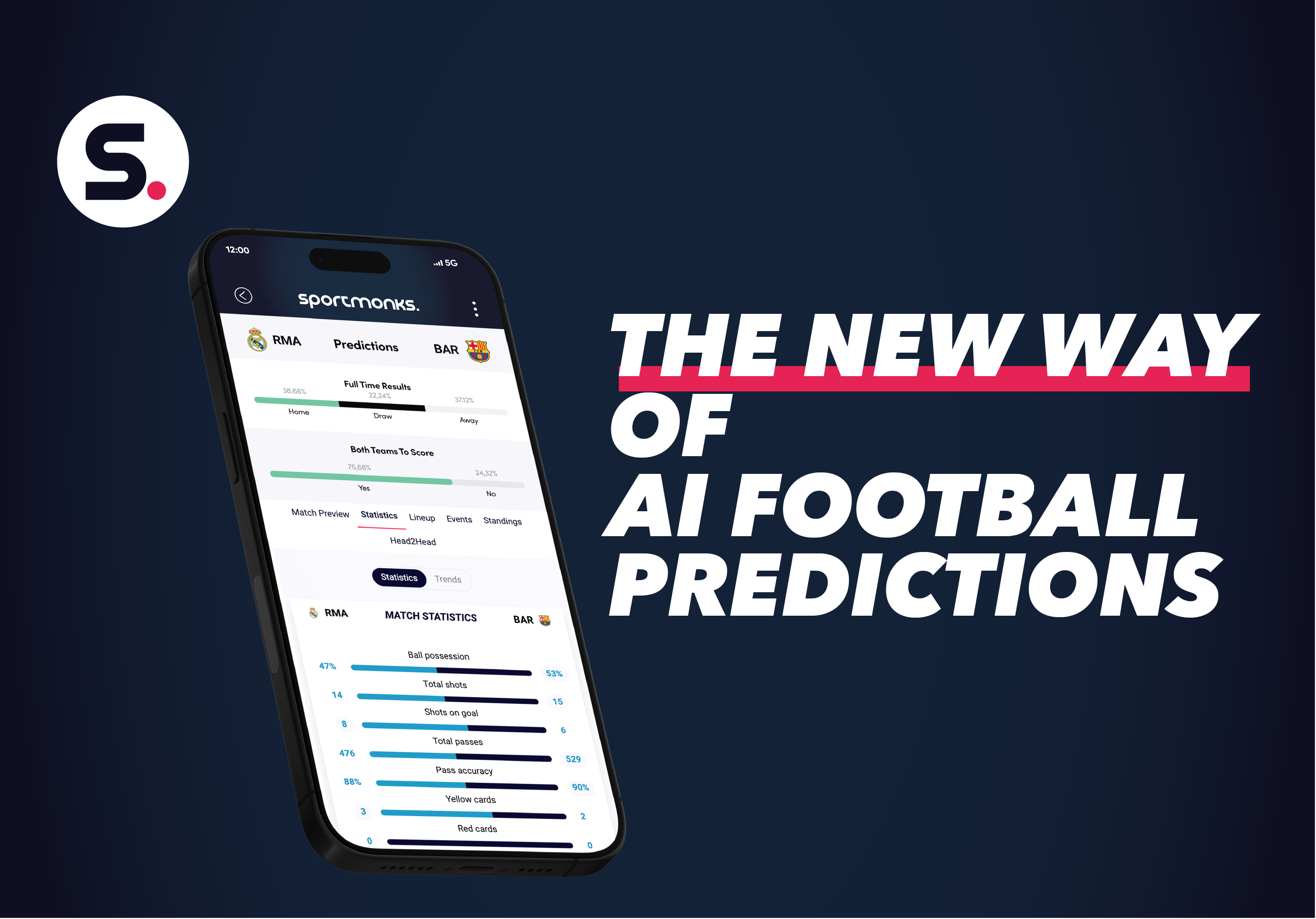Football has always been a sport that flourishes on statistics and analysis. Coaches, athletes, and supporters alike pour over data to gain understandings into performance, tactics, and player potential. In recent years, however, the integration of AI and ML has transformed how we examine football analysis. These tools are not just improving conventional methods, but are transforming the landscape of the sport in remarkable ways.

With the capacity to analyze large amounts of data at remarkable speeds, AI and machine learning are allowing teams to identify trends and insights that were formerly concealed from the public view. From predicting player injuries to analyzing opponent tactics, the future of football evaluation is being shaped by data-powered insights. As clubs invest more in technology and analytics, the sport is evolving, promising a more energetic and strategic method than ever before previously.
Artificial Intelligence Technologies in Soccer Analysis
AI is transforming soccer evaluation by utilizing vast amounts of data to boost decision-making. ML models analyze athlete statistics, match statistics, and including fan engagement trends, empowering teams and coaches to formulate informed strategies. By analyzing historical data and live match video, AI provides knowledge that were once out of reach, enabling a broader comprehensive understanding of the game.
Computer vision technology plays a key role in football analysis as well. Through the use of cameras and devices placed around the pitch, AI systems can track player movements and ball dynamics with remarkable accuracy. This data is then transformed to create elaborate visualizations of player formations, movement patterns, and tactical opportunities. Such analysis helps coaches improve their strategies and gives players individual feedback to improve their performance on the field.
Moreover, AI-driven predictive analytics are increasingly utilized to predict potential outcomes in matches. By merging data from multiple sources, including athlete condition, past results against specific teams, and also weather conditions, AI can project match results and player contributions. This proactive approach also aids coaches in preparation but also enhances betting strategies and fan engagement, marking a significant shift in how football is analyzed and enjoyed.
Impact of Machine Learning on Player Performance
Machine learning is revolutionizing how clubs assess and improve player performance. Organizations currently utilize complex algorithms that process vast amounts of data, including player movements, game statistics, and physiological metrics. By identifying patterns and predicting outcomes, coaches can make better decisions regarding training, strategy, and player selection. This data-driven approach aids maximize player performance and maximize their potential on the field.
Furthermore, machine learning enables personalized training programs tailored to each athlete’s strengths and weaknesses. Coaches can gain insights into an individual player’s performance trends over time and use advanced metrics to develop targeted strategies for growth. This customization not only aids in fine-tuning their skills but also plays a crucial role in injury prevention by tracking physical exertion and recovery metrics, ensuring that players keep peak condition throughout the season.
Additionally, machine learning enhances the way teams analyze in-game performance in real-time. With the help of wearable devices and video analysis, teams can measure player contributions during matches and adjust tactics dynamically. These insights produce improved decision-making for substitutions and tactical changes, allowing teams to adapt quickly to the evolving flow of the game. As a result, machine learning is not only redefining training but also transforming how teams tackle matches, ultimately affecting the outcome of games.
The Future Domain of Soccer Analytics
As the world of football keeps to evolve, the incorporation of AI and machine learning into football analysis is set to transform how clubs and analysts analyze the sport. The future landscape will likely see an greater reliance on real-time data gathering and processing, enabling coaches to make informed decisions during matches. This will improve tactical modifications and allow for a more comprehensive understanding of player performance metrics on the spot, which could turn out to be vital in high-stakes scenarios.
Moreover, the role of predictive analytics will grow significantly, as teams channel resources in technology that forecasts player performance, injury risks, and team dynamics. By analyzing historical data alongside current trends, coaching staff can identify potential strengths and weaknesses in both rivals and their own squads. ทีเด็ดบอล This foresight will not only sharpen competitive edges but also aid in recruitment and player growth, ensuring a strategic approach to forming and sustaining top-performing squads.
When these developments become more common, the accessibility of football analytics will also probably take place. Smaller clubs will acquire access to cutting-edge analytical tools that were once set aside for top-tier clubs, equalizing the playing field and fostering competition. This shift will lead to a new phase in football, where insights obtained from AI and machine learning are not just a luxury but an indispensable part of the sport, propelling innovation and excellence across all levels of competition.
